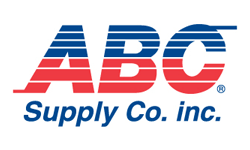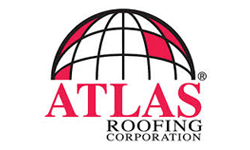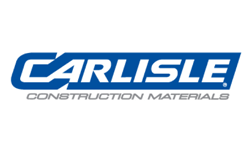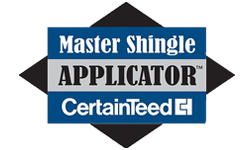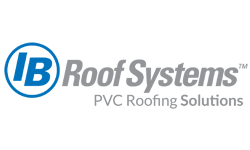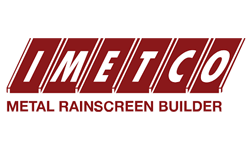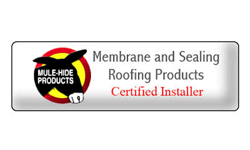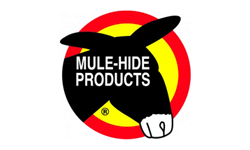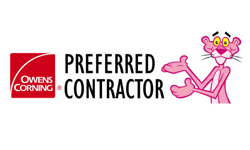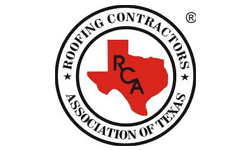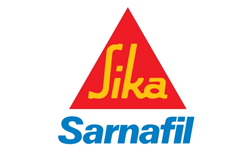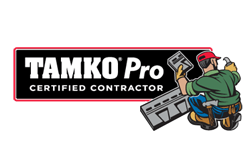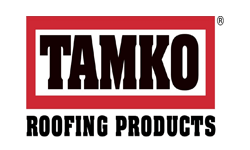Exploring the Lifespan and Maintenance Requirements of TPO Roofing Post-Installation
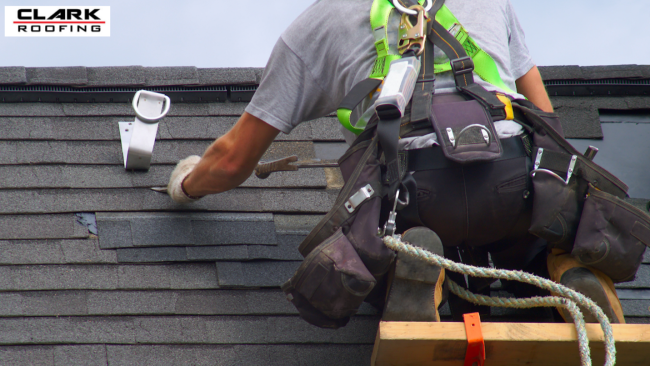
TPO (Thermoplastic Polyolefin) is a single-ply roofing membrane that’s becoming a go-to choice for commercial buildings. Why? It offers three major advantages: excellent leak resistance, impressive durability, and top-notch energy efficiency thanks to its reflective surface.
With TPO roofing, site managers can address two major concerns—weatherproofing and energy management. Want to learn more about how TPO can protect your building and lower costs? Keep reading!
What Makes TPO Roofing a Popular Option?
TPO roofing is a blend of rubber made from ethylene-propylene and polypropylene. These materials give it unique properties that make it stand out in the roofing industry. The TPO roofing system is installed in large sheets, earning its label as a “single-ply” material. It’s an increasingly popular option for commercial and industrial properties.
Potential Drawbacks of TPO Roofing
While TPO offers many benefits, it’s important to be aware of its limitations.
- Shorter Lifespan
Although TPO roofs deliver a lot in terms of performance, they generally last between 15 to 20 years. This is shorter compared to some other commercial roofing systems, meaning you might need to replace your TPO roof more frequently.
- Limited Color Choices
If aesthetics are a concern, you may find TPO roofing’s color selection a bit limited. The membranes are typically available in lighter shades like white or tan. So, if you’re set on a specific color for your business, TPO may not be the best fit.
- Durability Can Vary
The longevity of your TPO roof depends on several factors like installation quality, local climate, and ongoing maintenance. To ensure you get the most out of your roof, it’s crucial to hire a reputable roofing contractor and stick to a regular maintenance schedule.
Warranties and Guarantees
Many TPO manufacturers offer warranties ranging from 15 to 30 years, giving you peace of mind. However, always check the warranty terms and stay on top of maintenance to keep your roof in good condition and covered under the warranty.
Maintenance Tips for Your TPO Roof
Regular maintenance is key to maximizing the lifespan of your TPO roof. Here’s what you need to know:
- Prevent Drainage Issues
TPO is typically installed on flat roofs, which can be prone to poor drainage. Without proper drainage, water and debris can accumulate, leading to mold growth, algae, and even structural damage. In addition, standing water can attract pests like birds, whose droppings are highly acidic and can damage your roof.
- Establish a Regular Cleaning Routine
To keep your TPO roof functioning properly, you should work with a professional roofing company to establish a routine cleaning schedule. Regularly removing dirt, leaves, and other debris will ensure the membrane continues to reflect sunlight and keep your building cool.
How to Properly Clean a TPO Roof
Here’s a step-by-step guide to cleaning your TPO roof:
- Seal penetrations and other areas where water could enter the roof.
- Use a pressure washer to rinse the surface.
- Scrub the roof with a soft-bristle push broom and a TPO-safe cleaning solution.
- Rinse again with the pressure washer.
- Repeat steps 3-4 if necessary.
- Inspect the membrane for damage, especially around seams and joints.
Why You Should Hire a Professional Roofing Company
Maintaining a TPO roof is no small task, and you’ll want a skilled roofing team to help. A professional company can not only clean your roof but also spot potential issues early, extending the life of your roof and saving you money in the long run.
At Clark Roofing, we specialize in TPO roofing installation and maintenance. Our experienced crew ensures your roof is in peak condition, helping you avoid costly repairs or replacements. Call us today to schedule an inspection of your commercial roof!



